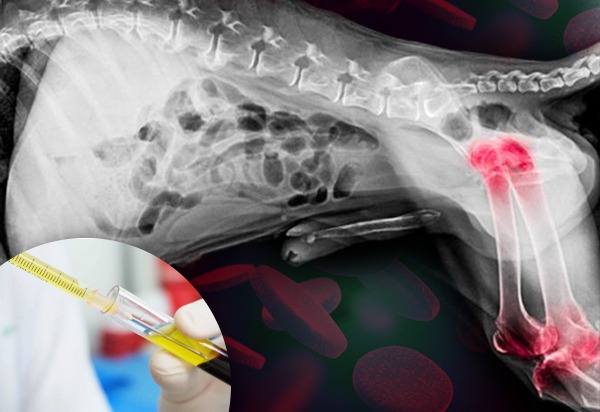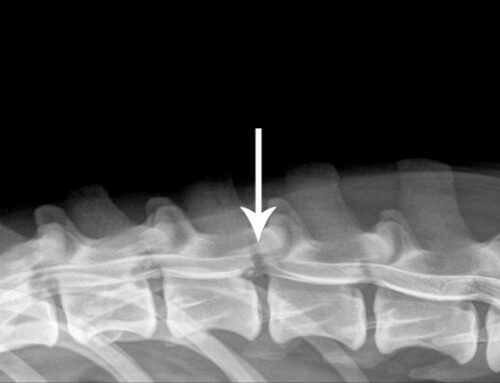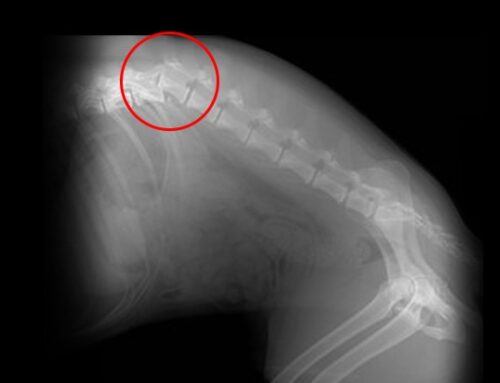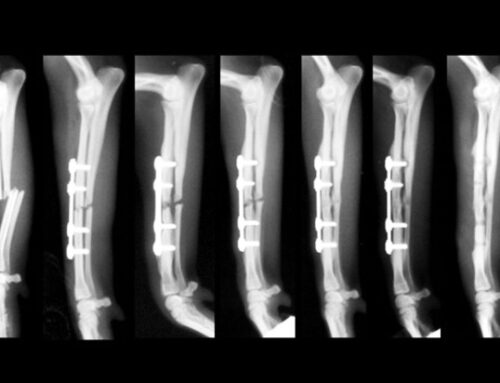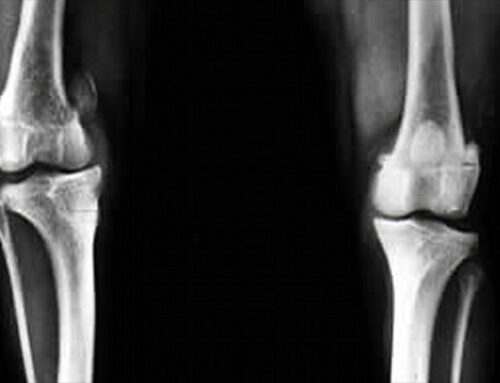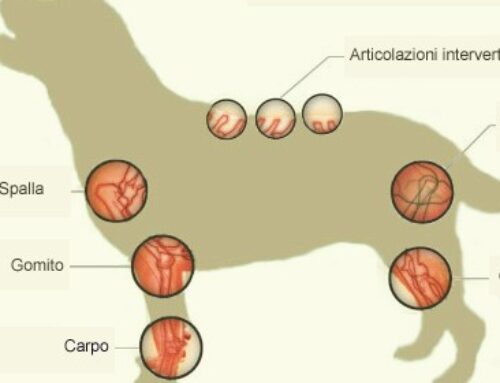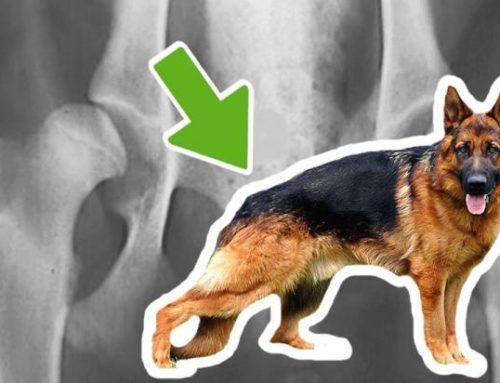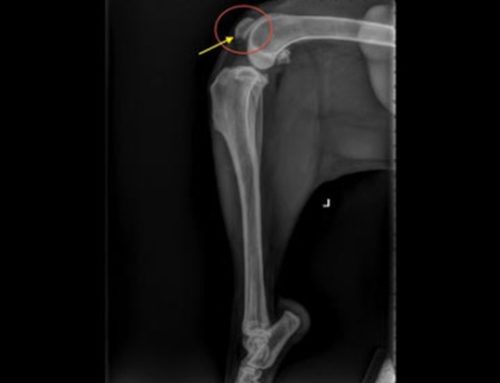Arthrosis in cats and dogs is an inflammatory degenerative pathology, hitting the joints of both cats and dogs.
Primary Senile Arthrosis in cats and dogs
Primary Senile Arthrosis is an age-related disease, typical in older dogs, and can hit multiple joints.
In practice, as for human beings also for dogs and cats, it is the inevitable progressive deterioration of the cartilages due to wear.
It’s usually found in dogs aimed at sports or work. The increase in the number of cases is related to the increase of the lifespan of our pet friends.
Secondary Arthrosis
Sadly, arthrosis is a very common pathology that can hit the pet across its entire life and it’s closely related to biomechanical joint alteration.
Data say that 1 dog out of 5 already suffers from it after the first year of life.
What are the causes of arthrosis in cats and dogs?
The most common causes are the skeletal pathologies like hip or elbow dysplasia, osteochondritis dissecans and kneecap dislocation.
Less frequent causes are pathologies like polyarthritis.
Moreover, arthrosis may be caused by infections: Rickettsia, Ehrlichia and Leishmania play a pivot role in this diagnosis.
Also, physical trauma and obesity all factor into it.
What is arthrosis, basically?
Basically, when the joints’ cartilage is eroded, an inflammatory process may break out, hitting the bone.
In response to that, the bone will spur new bone tissue.
This new tissue, although, will spur in a unregular way often hitting the joint itself, creating discomfort and worsening the inflammation.
Symptoms of arthrosis in cats and dogs
Our pets, as opposed as us, can hide the pain for much longer, and will start showing symptoms only when the damage is severe and the pain is very intense.
Here are some behaviors that may suggest the presence of arthrosis:
. Lameness
. Pain when touching the joints
. Swollen joints
. Stiffness of the joints
. Paws’ tremble
. Unwillingness to move (EG: the dog used to jump out of the car and now it doesn’t. Walks are getting slower and shorter.)
As time goes by, the pet will become more sedentary and will refuse to move
Sedentary behavior will cause muscle hypotrophy and thus will worsen the dog’s health.
Symptoms usually break out when the dog moves around after a long period of rest. Weather can also have a huge impact on its health.
Other symptoms include mood swings, low appetite, and a less clean fur, which becomes opaque, especially in cats
Cats suffer from it a lot more than you might think
Due to their agility and smaller build, cats rarely show signs of discomfort.
If your cat acts a little goofy or gets slower, take him/her to your doctor as soon as possible.
How to diagnose the arthrosis in cats and dogs?
Diagnosis is given after a medical exam and from x-rays.
X-rays will allow the doctor to confirm or deny cases of arthrosis; will allow him/her to search for neurological disorders, if present, and give the best therapy.
Arthrosis treatment can be conservative or surgical
– Conservative:
Pain management is a priority: it allows your pet to live a good life.
Just as important is to slow down the inflammatory process and the arthrosis by using supplements.
Physiotherapy in all its forms (Ultrasounds, Water Therapy, etc,) will keep the joints working, reducing the sedentary behaviour and lowering the risk of muscle atrophy.
Monitoring the weight of your pet is one of the most important acts you can do: just remember that only your doctor can suggest the best diet: don’t act on your own.
In the end, exercise is good and all but it has to be done under the discerning eye of the professional orthopedic.
– Surgical:
If the diagnosis is done as early as possible, especially in puppies, surgical interventions like JPL (Juvenile pubic symphysiodesis) or DPO (Double Pubic Osteotomy) can prevent the spread of some main diseases (EG: Hip and joint dysplasia).
In older dogs, any kind of operation is usually prosthetic.
Hip prosthetic, for example, grant an excellent recovery and an increase the quality of life of the pet, free of muscle pain.
Hip and elbow prosthetic, on the other hand, don’t give the same results and I don’t usually recommend them, aiming towards the veterinary regenerative medicine.
Regenerative medicine
Aside from stem cells, the therapy with the best results is the one using PRP, or Plated-Rich-Plasma.
Given through the joint, it showed its power in reducing the pain thanks to its ability to use what are called the Grow Factors, fundamental part of the tissue healing process.
There are very few doctors that use this therapy in Italy, but I’m one of them, formally able to perform such treatment.
Prevention of arthrosis in cats and dogs
Prevention is a key factor, that’s why I’m specifically talking to the owners of dogs of big and very big breeds.
Such dogs, due to their weight, will put their joints under an increased stress, helping the inflammatory process.
That’s why routine trips to your doctor must become a reality since the first months of life of the puppy.
